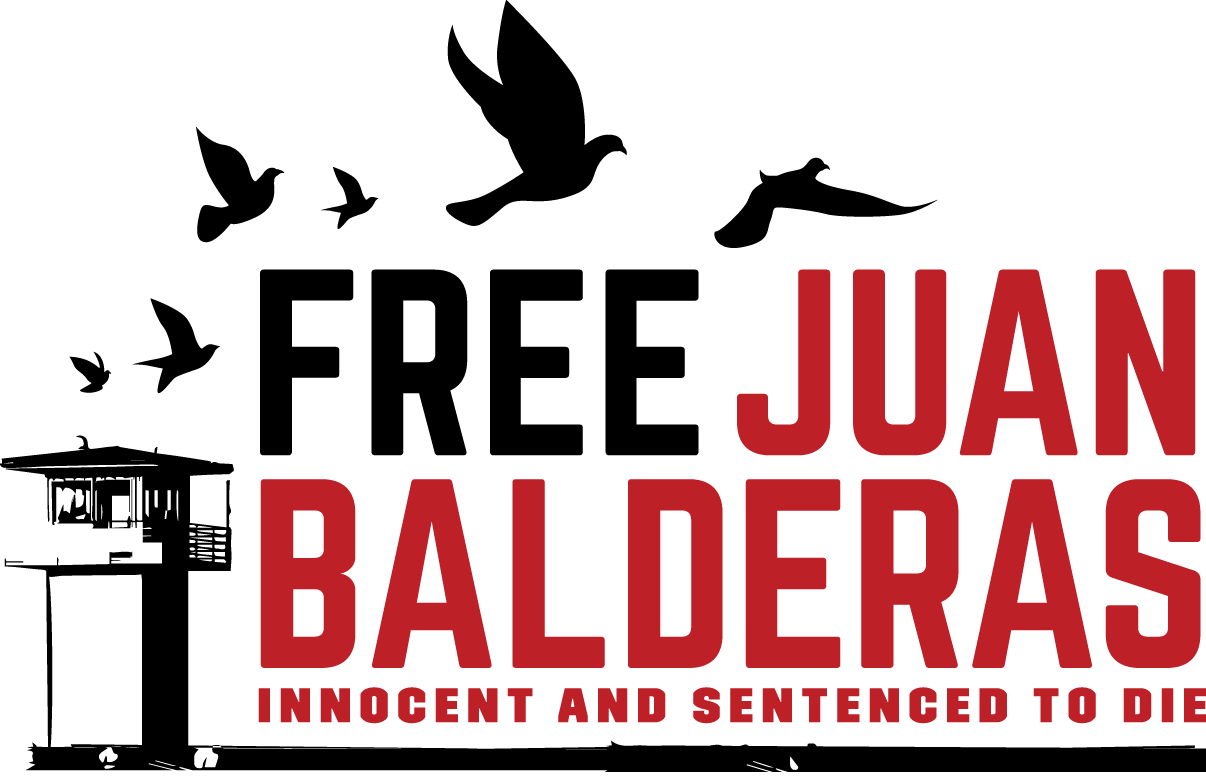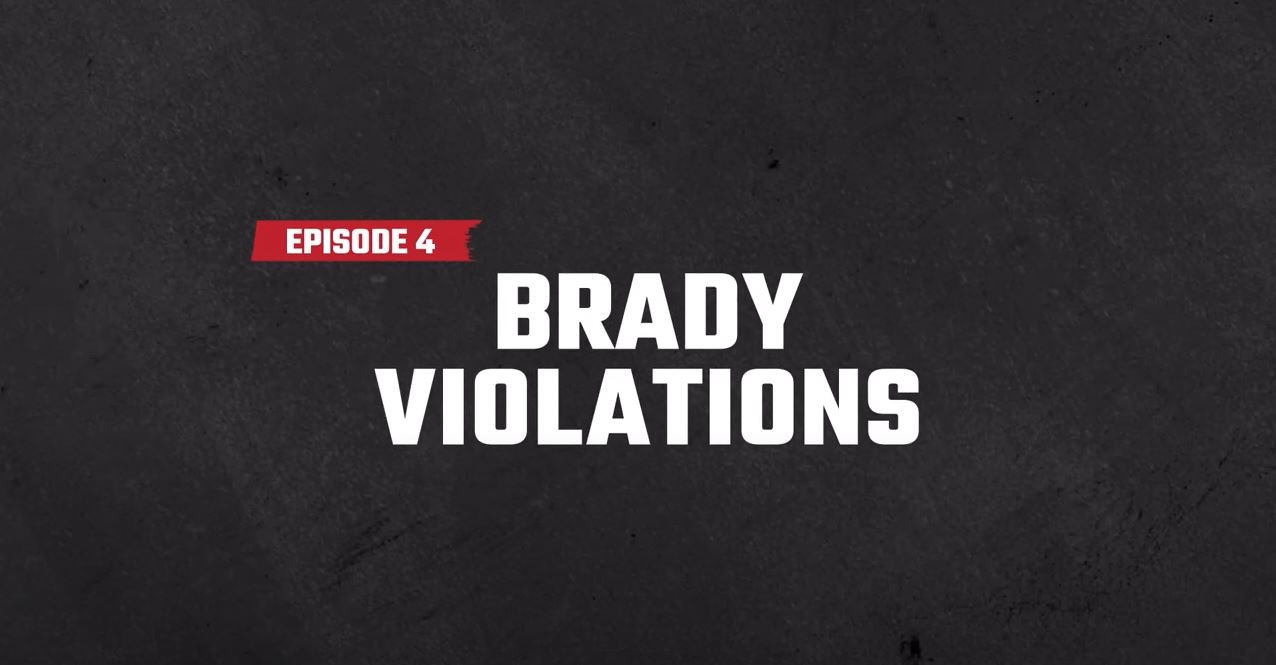
As of March 2022:
Juan is in the process of submitting his federal petition for a Writ of Habeas Corpus to the U.S. District Court in the Southern District of Texas. Judge Alfred Bennett has been assigned to Juan’s petition. Juan is being represented on a pro bono basis by law firm DLA Piper LLP.
In 2014, Juan Balderas was sentenced to death for a crime he did not commit.
Despite the fact that multiple alibi witnesses could attest to Juan being elsewhere at the time of the murder and there was no DNA evidence linking him to the crime, Juan remains on Texas death row due to a series of errors and deprivations, in violation of his federal constitutional rights.
Juan was convicted and sentenced to death in 2014 for the murder of his friend in December 2005. Both Juan, who was 19-years-old at the time, and the victim were members of a small Houston, Texas gang known as La Tercera Crips.
On the night of December 6, 2005, the victim was shot and killed at an apartment where he was hanging out with friends.
The shooter entered the apartment wearing a dark hooded sweatshirt. He fired several shots around the apartment until locating and firing at the victim, who died at the scene. There were three witnesses, including one who claimed to have seen the shooter’s face. Later that night, when giving a statement to investigators, the witness who saw the shooter’s face claimed she did not know or recognize the shooter.
On December 12, police received an anonymous tip suggesting that Juan was the shooter, despite several alibi witnesses being with him that night.
Police went back to the eyewitness who claimed to have seen the shooter’s face and showed her a photo line-up that included Juan's picture. Against guidance, police used a suggestive photo of Juan wearing a black hoodie that matched the eyewitness’s description from the night of the crime; he was the only person in that photo lineup wearing a hoodie. Despite this suggestive tactic, the witness did not make a positive identification. In fact, she later told police that she knew Juan personally. They had met on several occasions and lived in the same apartment complex. The eyewitness and Juan had been neighbors for up to a year prior to the crime. Multiple people familiar with both Juan and the eyewitness attest to the fact that they knew each other well, meaning that if Juan had been present on the night of the murder and the eyewitness had seen his face, she would have immediately recognized him. The eyewitness also had a physical relationship with another key suspect in the crime and was sympathetic to rival gang MS-13, additional factors which call into question her ability to be a trusted, unbiased witness.
One day after the eyewitness was unable to make a positive identification, police returned to present her with the same photo line-up, against protocol, and pressured her to choose a suspect, thus tainting the identification. This time, she chose Juan.
Police in Harris County tainting the photo lineup procedure wasn’t unique to Juan’s case. Statements turned over by prosecutors years later, after Juan’s trial, revealed witnesses reporting that these same police officers were using even more suggestive tactics, including putting their own fingers on the suspects that they wanted the witness to choose during the photo lineup identification processes, as though they were “playing Where’s Waldo.”
Juan was arrested on December 16, 2005 and spent the next eight years awaiting trial in varying degrees of solitary confinement. His day in court was reset and rescheduled more than fifty times. The State decided to seek the death penalty on April 28, 2011 — five and a half years into his incarceration, and still three years before he would go to trial. Juan suffered mentally, physically, emotionally and spiritually because of this eight-year delay. Key witness memories faded and one alibi witness passed away. Texas case law states that a delay of eight or more months from being accused until trial is sufficient to meet the threshold for a legal review. Juan’s trial delay was more than 12x over that amount.
During the years Juan was incarcerated and awaiting trial to prove his innocence, his court-appointed defense team took on an unmanageable caseload. The defense team wasted numerous opportunities to investigate alibi witnesses, confessions from an alternative suspect, details of a plan by fellow gang members to frame Juan for the crime and expert evidence showing the suggestive, biased and unreliable nature of the eyewitness photo lineup identification process.
Meanwhile, the Harris County District Attorney’s Office began relying on another key trial witness, who was in jail at the time for other crimes and was at one time a suspect for the same murder that Juan was ultimately convicted for. This witness also later claimed he was coerced into testifying against Juan under the threat of more jailtime and harsher sentencing for other crimes he was involved in. According to his trial testimony, Juan allegedly confessed to him on the night of the murder. Not only was the key witness an uncredible and unreliable witness, but he also recanted his trial testimony after trial, only to then recant his recantation. In exchange for his flawed testimony, Harris County prosecutors offered the witness a plea deal, reducing a charge against him from capital murder to aggravated robbery. In fact, this witness had also been arrested around the same time as Juan and languished in jail for over eight years without a trial. Testifying against Juan meant he would finally walk free.
Since being sentenced to death in 2014, Juan has continued to be a victim of Harris County’s injustices, including the prosecutor’s office withholding key evidence until after trial that could have proven Juan’s innocence, known as Brady Violations. The prosecutor’s office has continued to turn over evidence to Juan’s new defense counsel, even as recently as December 2020.
Between 2014 and today, the State has slowly handed over the contents of an overwhelming number of boxes of evidence to Juan’s post-conviction defense teams. This means his case went to trial in 2014 without all-encompassing information, including evidence that directly contradicted the State’s key trial witness testimony in meetings that the State took notes in and had direct knowledge of. These notes reveal that the witness changed his version of what happened on the night of the murder, when and where he received Juan’s alleged confession, at least three times, as well as changes to other details of his testimony. Had the State turned over their notes from these interviews before trial, Juan’s defense counsel could have questioned the changing narrative and introduced reasonable doubt in the case against Juan.
Two years after his trial, in 2015, a direct appeal on Juan’s conviction was filed and denied. However, one judge from the panel wrote an opinion that pointed to major issues, such as investigators producing a biased photo line-up and coercing an identification from the witness. Counsel then filed a habeas petition in Texas state court in 2015, which raised issues including the trial witness’s recantation of his trial testimony, alibi evidence the jury never heard, an eyewitness affidavit pointing out numerous errors in the eyewitness’s statement, as well as ineffective assistance of counsel. After a court hearing in 2018, the state habeas petition was denied. Soon after the 2018 petition denial, the State disclosed even more exculpatory evidence for the first time, which would have supported Juan’s defense at trial. The Court refused another evidentiary hearing request despite this newly disclosed evidence.
Juan’s current defense counsel filed a federal habeas petition in December 2020, pointing out how the withheld evidence and lack of speedy trial hampered Juan’s ability to prove his innocence and harmed Juan’s overall well-being.
The case against Juan is riddled with inaccuracies, misconduct and statements that don’t add up, and yet Juan continues to live every day of his life alone on death row, against the cruel reality of an execution date.







